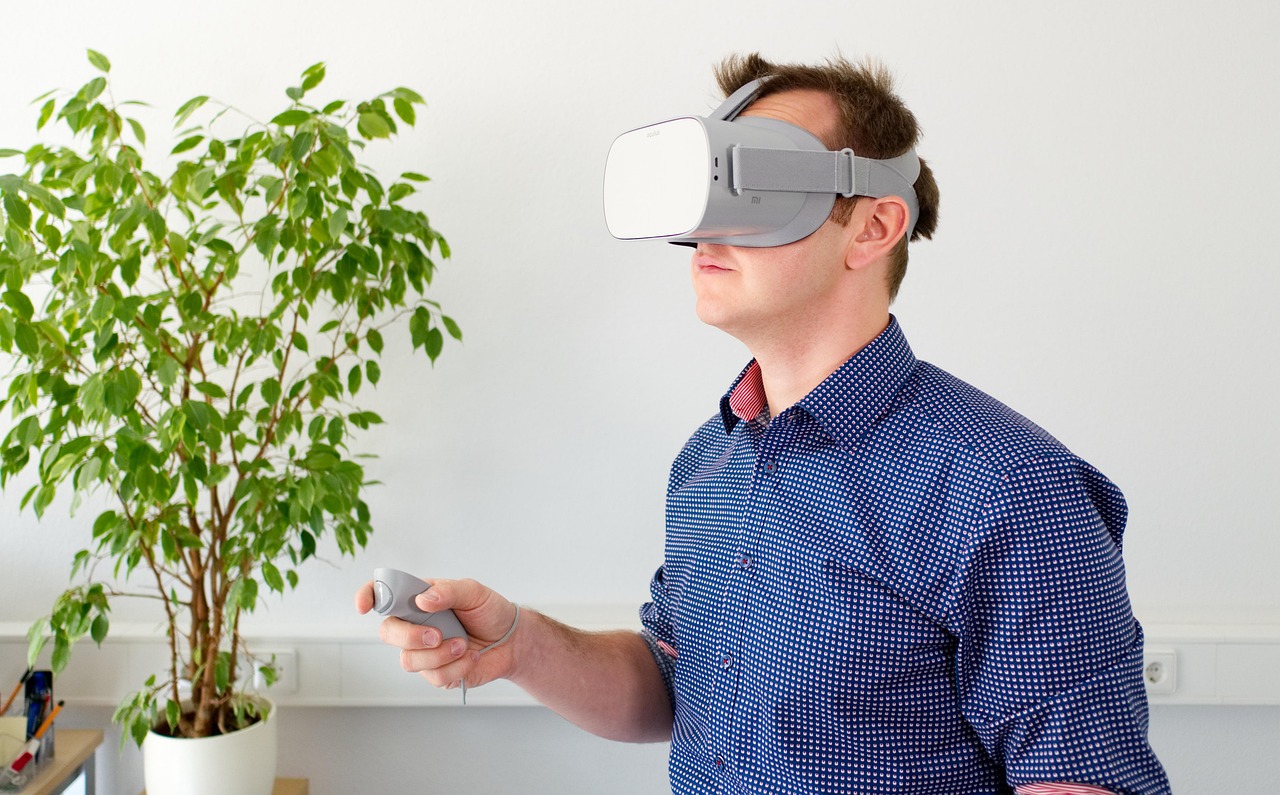Reframing Reality: A Deeper Look into the World of Augmented Reality
"Augmented Reality (AR) is the next frontier in the tech world, bringing virtual elements into our physical realm. This article delves into the historical development of AR, its current advancements, and the potential it holds to redefine our interaction with technology."

The Emergence of Augmented Reality
AR is not a concept born yesterday. The seeds of this technology were sown in the 1960s when Ivan Sutherland, a computer scientist, came up with the idea of “Ultimate Display,” a system that could superimpose virtual objects onto the physical world. In the ensuing decades, AR found its application in various fields, from military training simulations to medical procedures. However, it wasn’t until the 21st century that AR started becoming a household name, thanks to the proliferation of smartphones and virtual reality games.
The AR of Today
Fast forward to today, AR has become an integral part of our daily lives. It has transformed the way we play games, shop, learn, and even how we interact with each other. The most notable example is the Pokemon Go craze that swept the globe in 2016, allowing gamers to catch virtual creatures in real-world locations. Similarly, IKEA’s AR app lets customers visualize how furniture would look in their homes before making a purchase.
The Tech Behind AR
Making AR a reality involves a complex blend of technologies. These include computer vision, which enables devices to understand and interpret the real world, and 3D graphics, which render virtual objects in a realistic manner. Moreover, the advancements in artificial intelligence and machine learning have paved the way for more intuitive and responsive AR experiences.
The Market Impact and Future Outlook
As of 2021, the global AR market is valued at approximately $15 billion and is projected to reach a staggering $340 billion by 2028. This exponential growth is fueled by the rising demand for AR in various sectors, including entertainment, education, healthcare, and retail. Moreover, tech giants like Apple and Google are reportedly investing heavily in AR, indicating a promising future for this technology.
The Road Ahead
While AR holds massive potential, it’s still in its infancy, with many challenges to overcome. These include improving the accuracy of object recognition, reducing power consumption, and making AR devices more affordable. However, with the pace of innovation and the commitment of tech giants, the day is not far when AR will become as commonplace as smartphones are today.
In conclusion, AR is not just a fleeting trend but a technological revolution that is set to redefine our interaction with the digital world. As we stand on the brink of this exciting era, it’s clear that the future of AR is as bright and boundless as our imagination.




